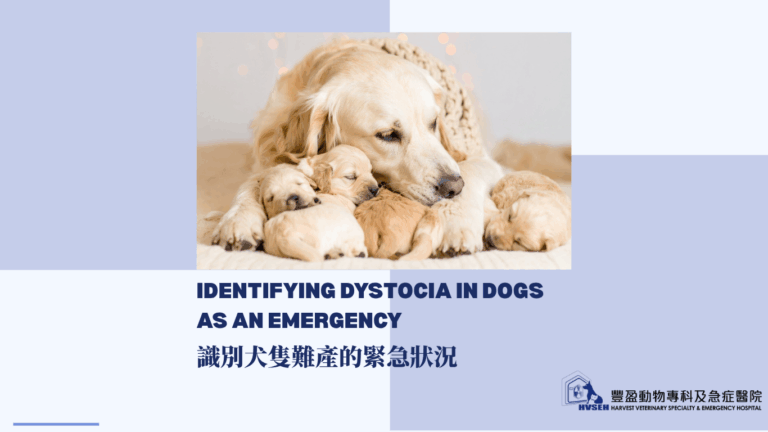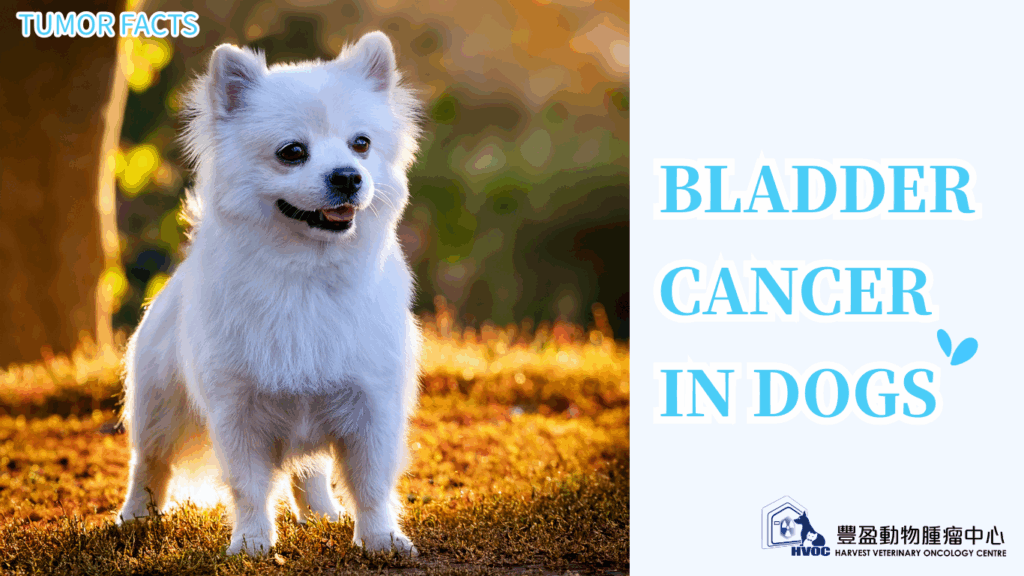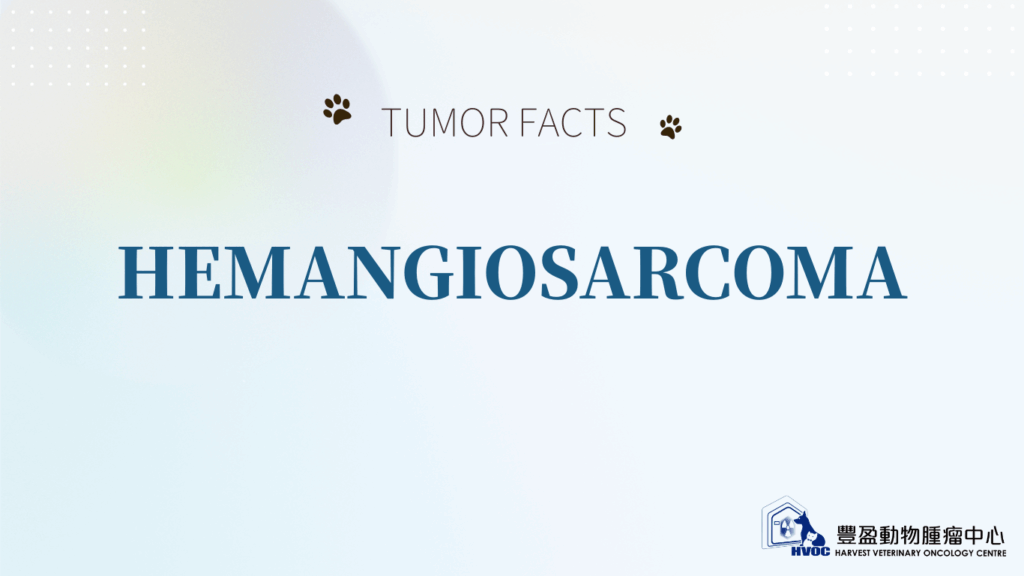
What is Dystocia?
Dystocia is defined as difficult or abnormal labor, which can pose significant health risks to both the dam (mother dog) and her puppies. It is a common emergency in veterinary practice, often requiring immediate intervention to ensure the safety of both mother and babies.
Certain breeds are at a higher risk of experiencing dystocia due to congenital physical limitations. These include French Bulldogs, Boston Terriers, Chihuahuas, Pugs, and Bulldogs. But any breed can experience dystocia.
Recognizing Dystocia as an Emergency
Dystocia can be identified by having one or more of the following clinical signs, including:
• Prolonged Labor: If labor lasts more than 2 hours without delivering a puppy, it is a sign of dystocia.
• Abnormal Vaginal Discharge: Green or foul-smelling discharge can indicate a problem.
• Uterine Inertia: The failure of the uterus to contract properly, often due to hormonal imbalances or genetic factors.
• Malpresentation of the Fetus: Puppies positioned incorrectly in the birth canal can cause obstructive dystocia.
• Bleeding from vagina
• Mother dog is depressed, lethargy +/- having fever (body temperature >39.4°C)
Importance of Early Intervention
Early recognition and intervention are critical to improving outcomes for both the mother and her puppies. Delayed treatment can lead to increased neonatal mortality and complications for the mother. If you suspect dystocia, seek immediate veterinary assistance to improve outcomes for your animal.






